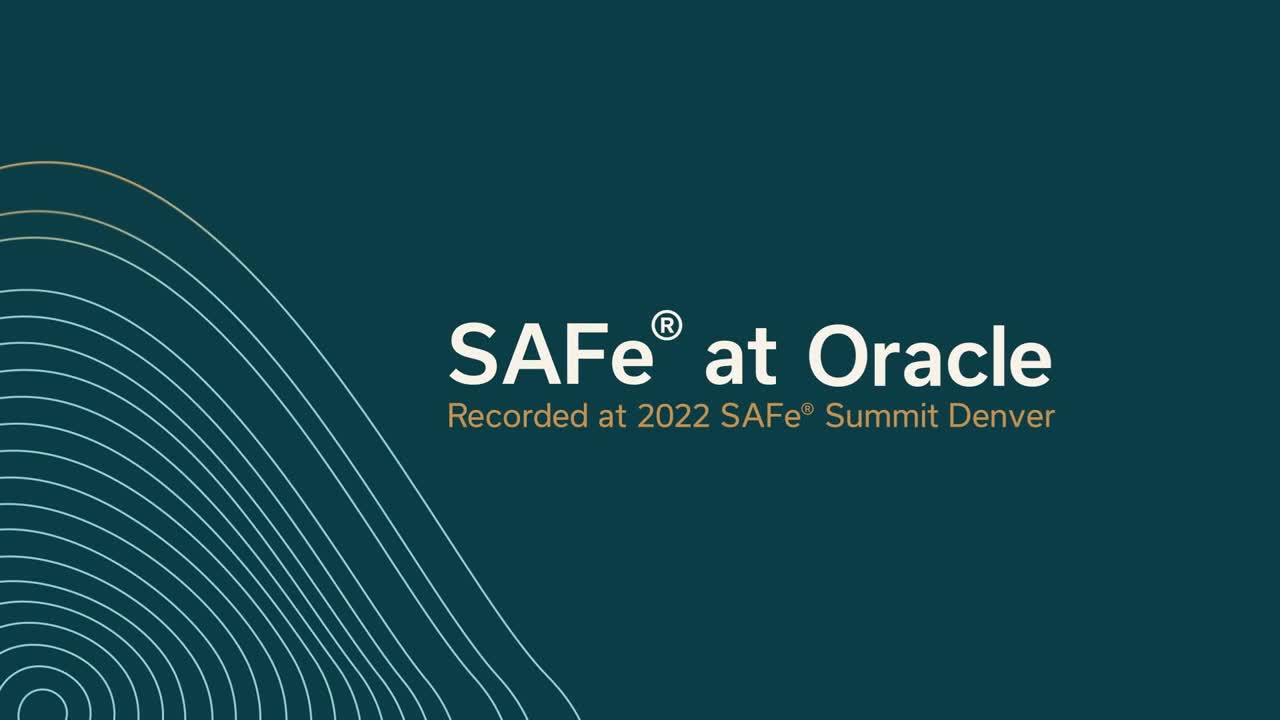
Oracle is a tech company with a long history of providing software products and services. They operate in a few main business segments — cloud and license, hardware, and services — selling cloud-engineering services, systems, and database management solutions to customers around the world. Oracle’s overarching mission is “to help people see data in new ways, discover insights, and unlock endless possibilities.”
One thing that makes Oracle unique is their in-house Oracle Labs, where researchers look for novel approaches and methodologies to solve complex technical problems. Oracle Labs are known for taking on projects with high risk and uncertainty that are difficult to tackle within a product-development organization. This is where agility is crucial to success, and where Oracle began its SAFe® journey.
Quick Facts:
- 170,000 employees worldwide; 48,000 developers and engineers
- Industry’s broadest and deepest suite of cloud applications
- Serves 2 million customers in 175 countries
- The Oracle Applications Lab started SAFe with 8 teams and less than 100 people. By the second PI, the teams doubled to 16. By the fourth PI, they grew to 34 teams.
- Oracle tailored SAFe to their unique needs and challenges using “sub-ARTs” and arrays, or groupings of people to accelerate flow
Key Outcomes:
- Saw significant improvement in order velocity: Oracle reported a 15% increase in touchless orders. More than 80% of all orders became automated and 95% of cloud orders became automated.
- Saw a 10% increase in employee productivity due to reliable data capture, an intuitive UI, and simplified validations
- 54% of manual accounting was eliminated across the organization
- Oracle’s books closed and earnings were reported to shareholders in less than 10 days (21 days faster than the average Fortune 500 company)
Watch The Full Interview

Share:
Back to: All Case Studies
Suggested Case Study: Royal Philips